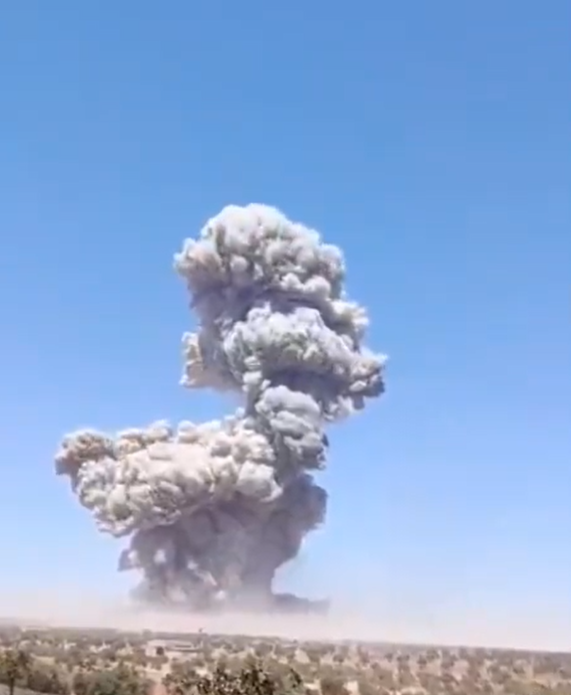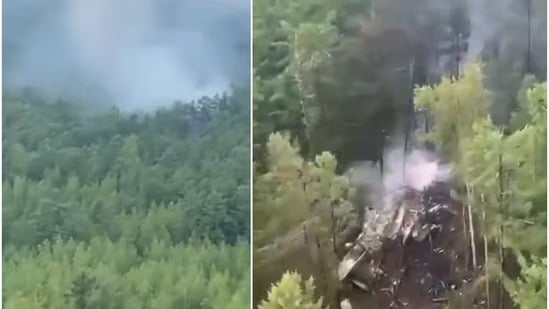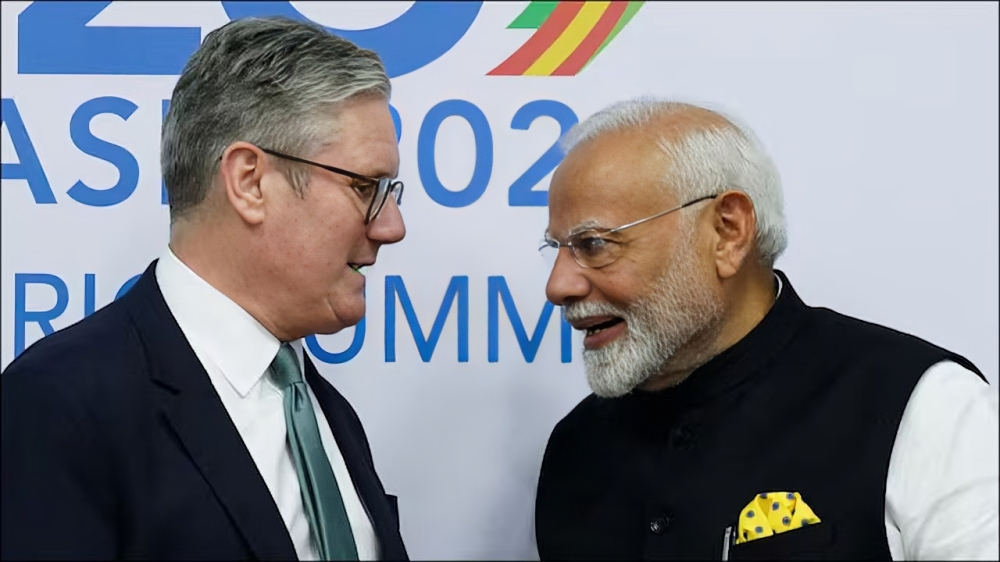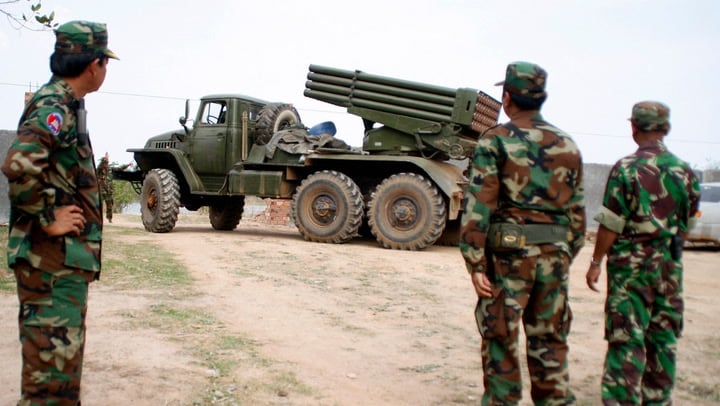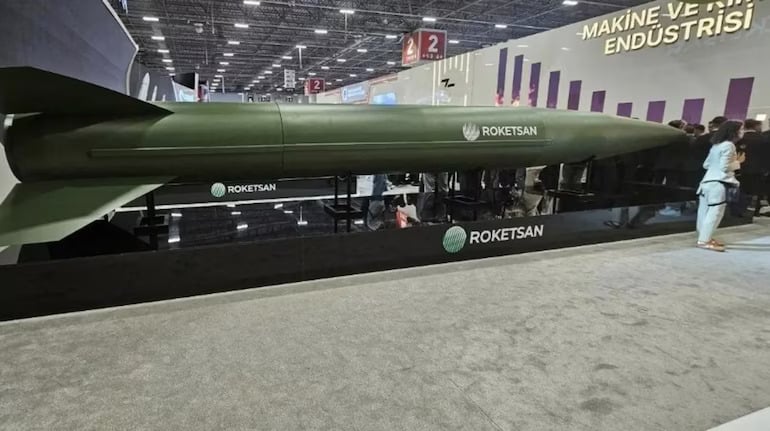Explosion Rocks Syria’s Idlib City, Casualties Reported
A powerful explosion shook the northwestern Syrian city of Idlib on Thursday, resulting in several casualties, according to state-run Al…
Russian Plane Crash Kills All 49 Onboard After Failed Second Landing Attempt in Tynda
A tragic aviation accident in Russia’s Far East has claimed the lives of all 49 people onboard a passenger aircraft…
India, UK Sign Historic Free Trade Agreement After Years of Negotiation
India and the United Kingdom have signed a landmark free trade agreement, concluding over three years of intensive negotiations and…
Vice Admiral V Srinivas Reviews Strategic Operations at INS Parundu Naval Air Station
Vice Admiral V Srinivas, PVSM, AVSM, NM, Flag Officer Commanding-in-Chief of the Southern Naval Command, conducted a strategic review visit…
Thai F-16 Jets Bomb Cambodian Military Targets Amid Border Escalation
In a major escalation of border tensions, Thailand has deployed F-16 fighter jets and launched airstrikes on Cambodian military positions…
What is Tayfun Block-4?: Turkey’s First Hypersonic Missile
The Tayfun Block-4 hypersonic missile is Turkey’s most advanced indigenous weapon to date. It is capable of flying at speeds…

